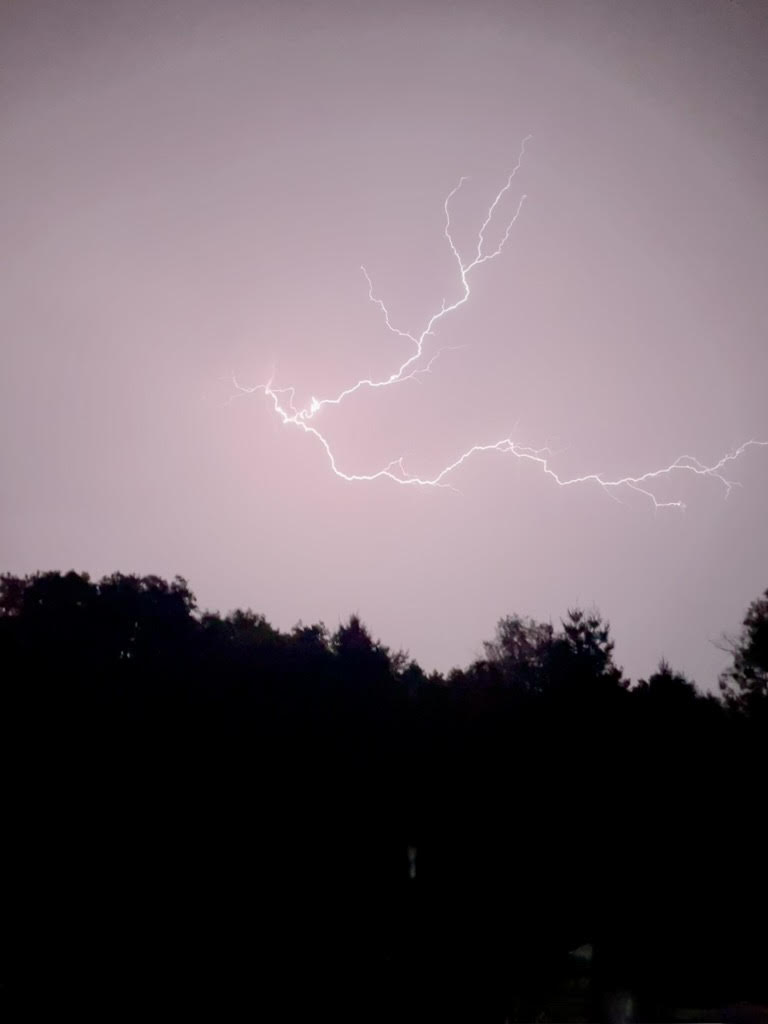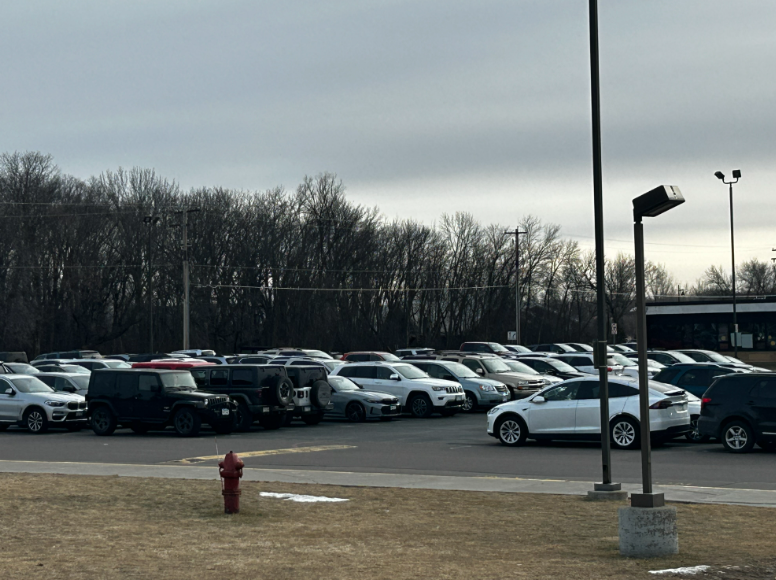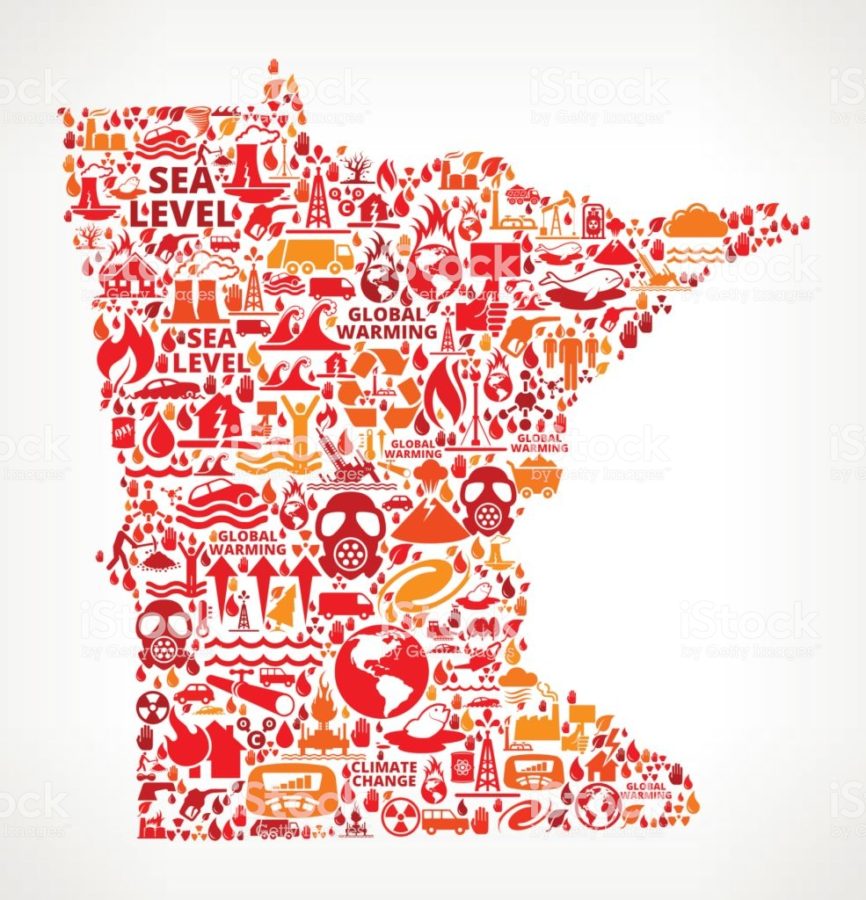How Climate Change is Affecting MN
Effects of climate change in Minnesota are widespread and will continue to stretch into many areas of people’s lives.
November 22, 2019
Ajalon Peterson
News Editor
Climate change has been a hot topic in politics recently, with many politicians debating how the issue should best be dealt with. Some, like Greta Thunberg, think that immediate action should be taken and legislation passed. Others, such as the standing president of the United States, have taken opposite measures, and have gone so far as to withdraw from the Paris Agreement.
While climate change might seem like impending doom, many do not realize that we are living in the wake of it, and the effects are very real. According to the Minnesota Pollution Control Agency, average annual temperatures in the Twin Cities have increased by 3.2 degrees Fahrenheit from 1951 to 2012. While three degrees doesn’t seem like much, it is in reference to average temperatures, meaning that one area could see a spike of nine degrees.
Despite what some might think, climate change doesn’t always mean warmer temperatures all around. In fact, last year’s infamous polar vortex, where temperatures reached as low as sixty-five below, was a prime example of the polarizing effects of climate change.
The World Resources Institute explains this phenomenon, saying that because the Arctic is melting about two to three times faster than the global average, the polar jet stream is weakened. The polar jet stream is a current of air that runs east to west; a strong jet stream will trap the polar vortex in the Arctic, but when it is weakened, it can stray down towards the Midwest.
If climate change continues at this rate, scientists predict that we will have harsh changes in weather patterns (such as the polar vortex), with average temperatures gradually rising over time.
This gradual rise will have a wide range of effects, some of which we are already seeing in Minnesota. While changes like the 3.2-degree increase in the Twin Cities might not seem so obvious to the average person, wildlife can be much more sensitive. According to an article written by MPR entitled, “Climate Change in Minnesota: 23 Signs,” one of them is species like the purple finch gradually moving northward.
Other species are following similar trends. Aspen and Tamarack trees are dying due to temperature changes, increased rainfall, and the insects that are encouraged by this type of climate. Maple trees have been moving steadily north, as well as larger animals such as moose.
As previously mentioned, increased rainfall is a major effect of climate change that we are already seeing at the local level. The MPCA came forward again, stating that in Minnesota, between 1951 and 2012, the average rainfall has increased by 20% or 5.5 inches.
In terms of how to combat the issue of climate change, the right way to address it is up for debate.
“I feel like although things like veganism are generally a good thing, I just don’t feel like it’ll make much of a difference if two to three people out of every hundred are doing it. The real change needs to be in the form of legislation,” junior Henry Strommen said.
From the political perspective, the current administration isn’t addressing the issue of climate change. In fact, the Trump administration has taken steps in the opposite direction by withdrawing from progressive actions like the Paris Agreement, a pact between multiple nations wishing to work together to lessen the effects of climate change.
While the issue of climate change may be portrayed as a looming doom, it is, in fact, a reality. Climate change is already taking its toll on the earth, even in areas as local as the Twin Cities. The best way to address the issue is still a matter of opinion, but the facts and effects will continue to present themselves as such.


























































